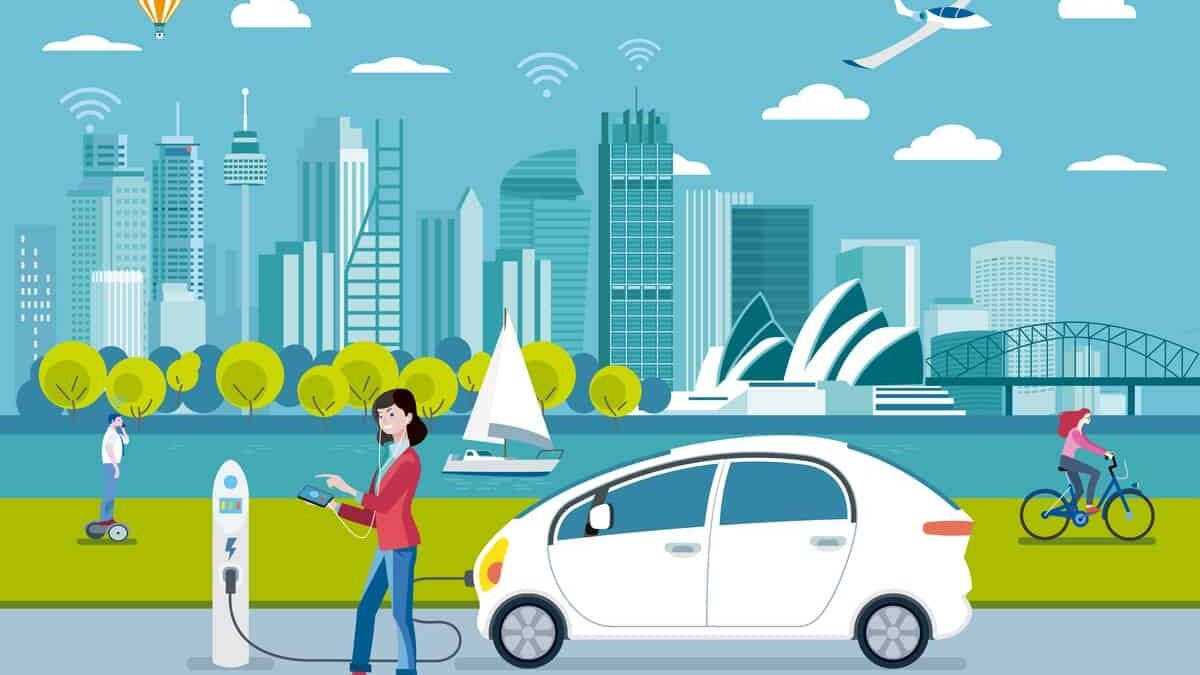The Electric Vehicle Council (EVC) of Australia conducted research on the country’s electric vehicle industry in 2022, which was published on February 7. As it turned out, the country has a strong potential to hit the 100,000 EV milestone, given that there are already around 83,000 light EVs on its roads.
Australia’s EV industry – 2022
The EVC reported that battery electric vehicles (BEVs) accounted for 79% of the 83,000 units total. Meanwhile, plug-in hybrids (PHEVs) represented the remaining 21%.
That said, the number of EVs in the country nearly doubled from only 44,000 units at the beginning of 2022. Moreover, Australia’s EV registrations increased by 86% in 2022, accounting for 3.8% of the country’s new car sales.
“New EV purchases in Australia almost doubled in 2022, compared to 2021. While this is a promising sign that the local market is continuing to grow.”
Electric Vehicle Council
However, the EV’s market share varies significantly depending on the region. EVs accounted for a higher percentage of new vehicle purchases in the Australian Capital Territory. For context, its share increased from 5% in 2021 to over 10% in 2022.
EV market share accounted for 4% in Victoria and New South Wales, while it is higher than 3% in Queensland. Meanwhile, the Northern Territory only accounted for 1%.
It is also worth noting that Australia’s EV ranges increased to 70 various models: 38 38 BEVs and 32 PHEVs. Unsurprisingly, Tesla EVs, including the Model 3 (10,877 sales) and Model Y (8,717 sales), dominate the Australian market, along with the BYD Atto 3.
Despite these progresses, Australia is still behind its peers in the EV industry and the global average. Australia’s EV industry is presently estimated about between 12% to 14% in 2022.
“If you think you’re seeing more EVs on the road than you used to, you’re right, but if we want to hit our national emissions targets we won’t make it on this current trajectory.
We can definitely hit these goals but not without an ambitious fuel efficiency standard to expand the supply of EVs to Australia. The federal government should introduce this standard this year as a matter of urgency.”
Behyad Jafari, EVC Chief Executive Officer
CEO Jafari further claimed that Australia would need to reach almost 100% zero-emission vehicle fleet by 2050.
“To stay on track that means reaching 1 million EVs by 2027 and around 3 million by 2030.”
Behyad Jafari, EVC Chief Executive Officer
As for the charging infrastructure, the public chargers in Australia grew from 3,413 in 2021 to 4,943 in 2022. Meanwhile, the fast chargers increased from 231 in 2021 to 365 in 2022.
“The enthusiasm is there in abundance, we just need our governments to continue the policy reform that makes it easy to transition away from the exhaust pipe.”
Behyad Jafari, EVC Chief Executive Officer

